Nighttime Parenting Against the Grain: A Guide to Safe Bed-Sharing
Bed-sharing continues to be a hot-button topic among parents and pediatricians alike and despite current AAP recommendations against it; the practice is on the rise. A study completed in 2013 by the National Institute of Health showed that the number of parents choosing to bed-share with their babies more than doubled between the years of 1993 and 2010 from 6.5 percent to 13.5 percent. Reasons cited for the decision to bed-share include strengthening the breastfeeding relationship, improved sleep for mom and baby and fostering a secure attachment. Renowned advocates of bed-sharing like Dr. William Sears and Dr. James McKenna tout its short and long term emotional and physical benefits for mom and baby and believe that it can even prevent SIDS when practiced safely. If you are considering bed-sharing with your baby, here are some tips to ensure that your baby sleeps safely.
- Choose a firm mattress with tightly fitted sheets: Remember that adult beds were not designed with infants in mind and therefore need to be tailored to create the safest sleep environment possible. In addition to a firm mattress and a tightly fitted sheet, ensure that your baby’s sleep space is free of pillows and loose blankets. Place baby slightly higher than you to avoid contact with your blankets and scoot your pillow away from him.
- Position baby in between mom and the wall or mesh guard rail: The safest place for your baby when bed-sharing is next to mom. Mothers have been found to be more in tune with baby’s presence even when they are asleep and are less likely to roll onto the infant compared to fathers. It is very important to make sure that the mattress is flush with the guardrail or wall and that there are no crevices in which the baby could become lodged.
- Make sure both parents agree to bed-share: Bed-sharing with your baby should be a unanimous decision and it is best if both parents go into the practice thinking as if they are the primary person responsible for baby’s safety and wellbeing at night. Never bring your baby into the bed at night without alerting your partner of their presence.
- Invest in a large bed: The more space available to your family in the bed, the easier it is to create a safe spot for baby. If you plan to bed-share with your baby, consider the money you will be saving on a crib and invest in a king size bed instead.
- Always put baby to sleep on her back: Whether your baby sleeps in a crib or in the bed with you, the safest position for her is on her back. Even if you turn baby to her side to nurse, be sure to return her to her back before you go back to sleep.
- Ensure baby is a comfortable temperature: The safest temperature for baby while sleeping is between 65 and 68 degree. Dress baby warm enough that he does not require a blanket but don’t over bundle him. The use of a ceiling fan to circulate airflow has also been shown to reduce the risk of SIDS. Also, do not swaddle a baby when bed-sharing. In the event that an adult does roll onto baby, it is safer if they have use of their limbs.
- Don’t use sheepskins, stuffed animals, pillows or other fluffy objects around or under baby: Baby’s sleep space should be as bare and firm as possible to reduce the risk of suffocation.
- Do tie up excessively long hair that may pose a strangulation hazard to baby.
DON’Ts of Bed-Sharing:
- DO NOT sleep with your baby if you smoked during pregnancy or are currently a smoker.
- DO NOT sleep with your baby if you are under the influence of alcohol, sedatives or any mind altering drug that may lessen your ability to rouse when necessary.
- DO NOT sleep with your baby if you or your partner is extremely obese.
- DO NOT sleep with your baby ever on a couch or a waterbed.
- DO NOT allow siblings to bed-share with a baby under 9 months of age.
- DO NOT bed-share if you are extremely overtired.
DO NOT sleep with your baby if they are premature or low birth weight.
Bed-sharing is a personal family decision that must be made with a comprehensive understanding of the necessary safety precautions and the associated risks. Although there are many reported benefits to bed-sharing, the safest sleep arrangement for your baby is for him to have his own space. Co-sleepers and sidecar cribs offer a great alternative to bed-sharing and allow mom and baby to be close enough to nurse and touch while providing a safe and separate sleep space for baby. Whatever sleep arrangements you choose for your family, be sure that both parents are on board. For questions about safe infant sleep or for any and all inquiries about pregnancy and natural birth, contact Health Foundations for a free consultation with a midwife and for a tour of our Birth Center.

